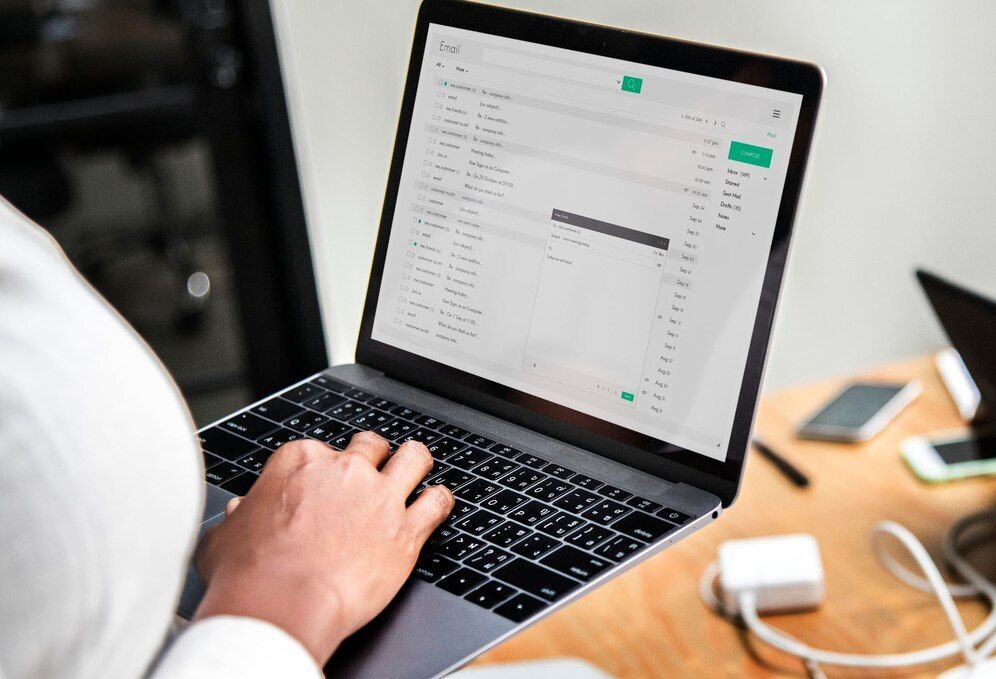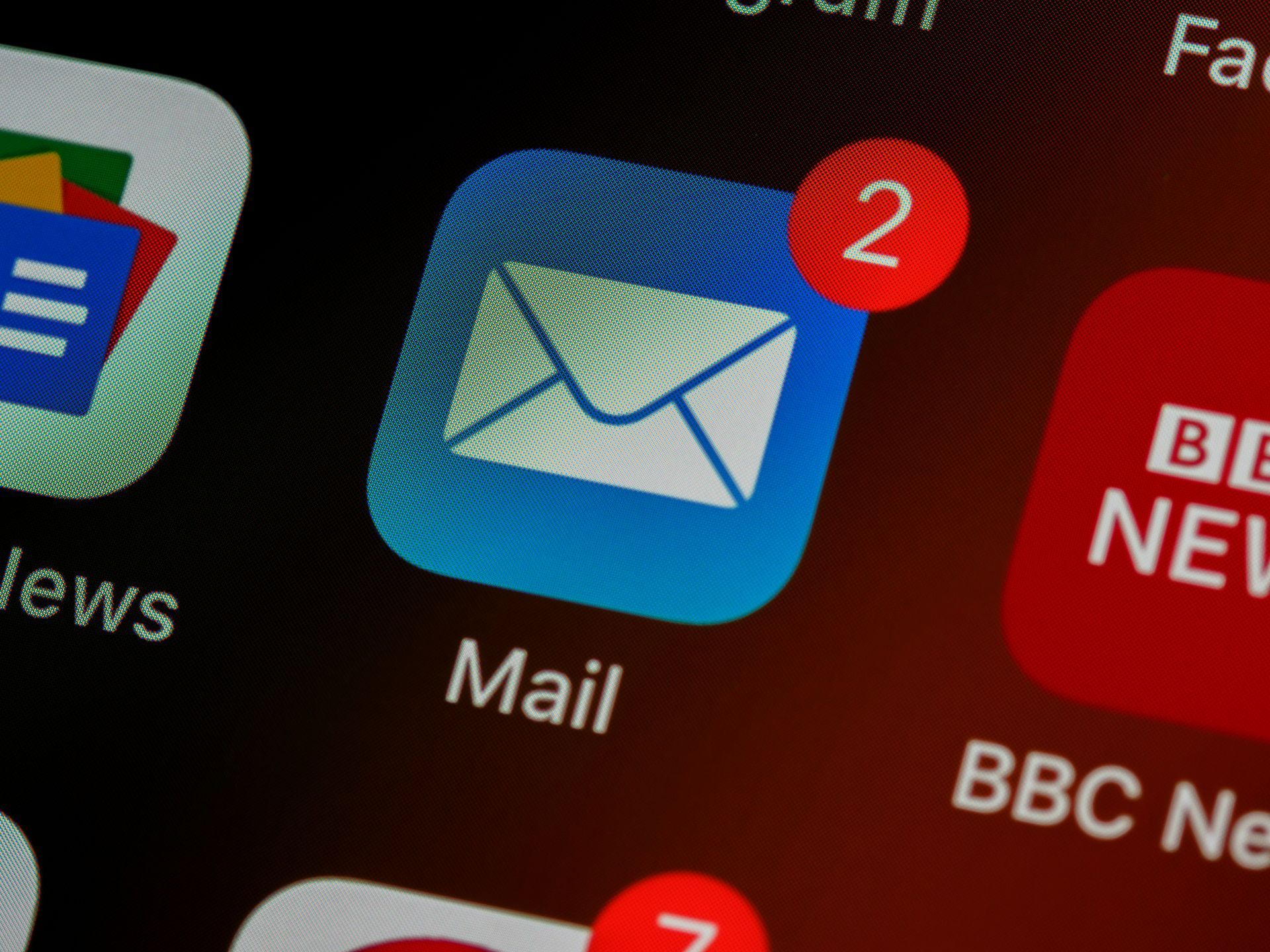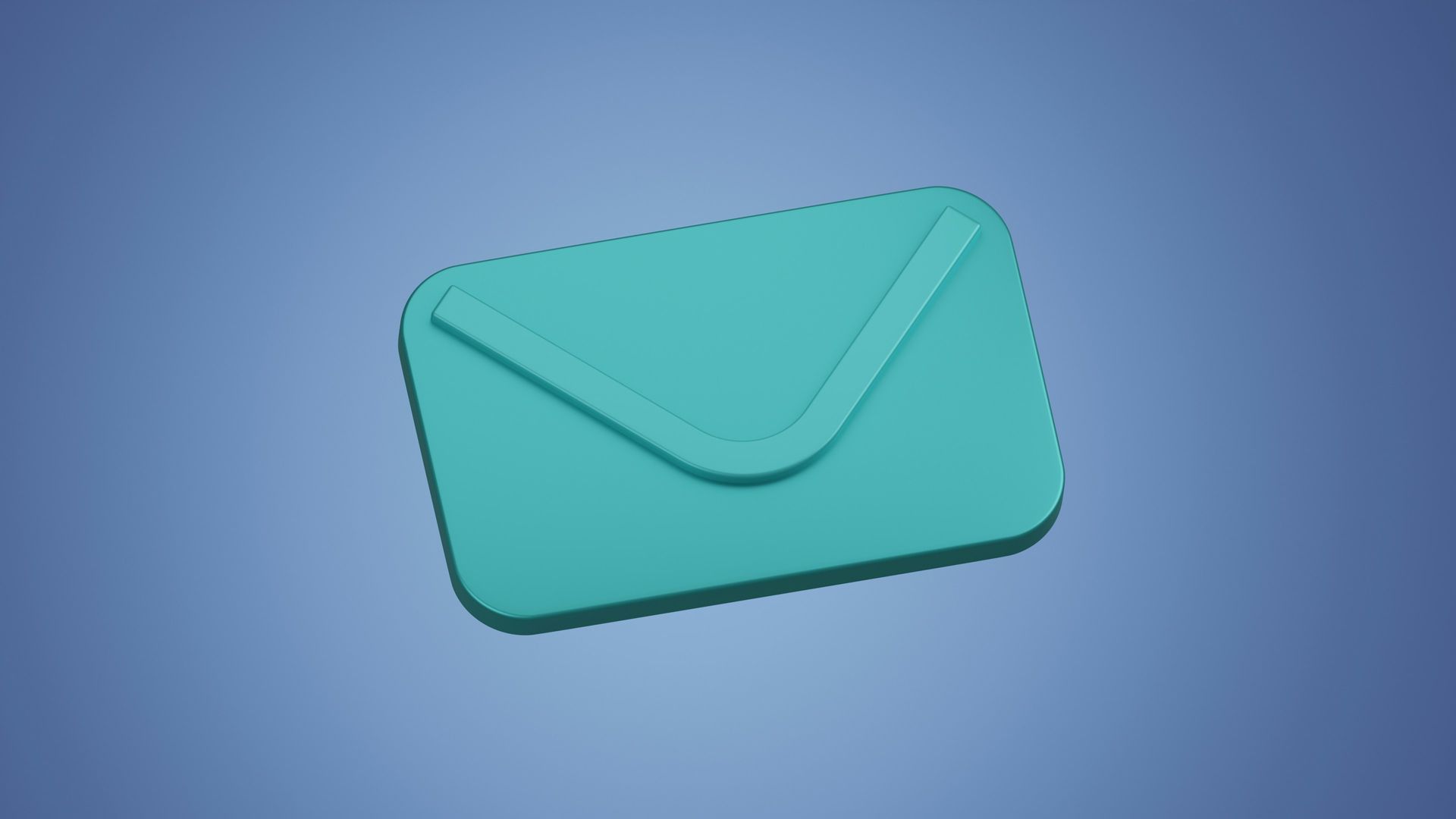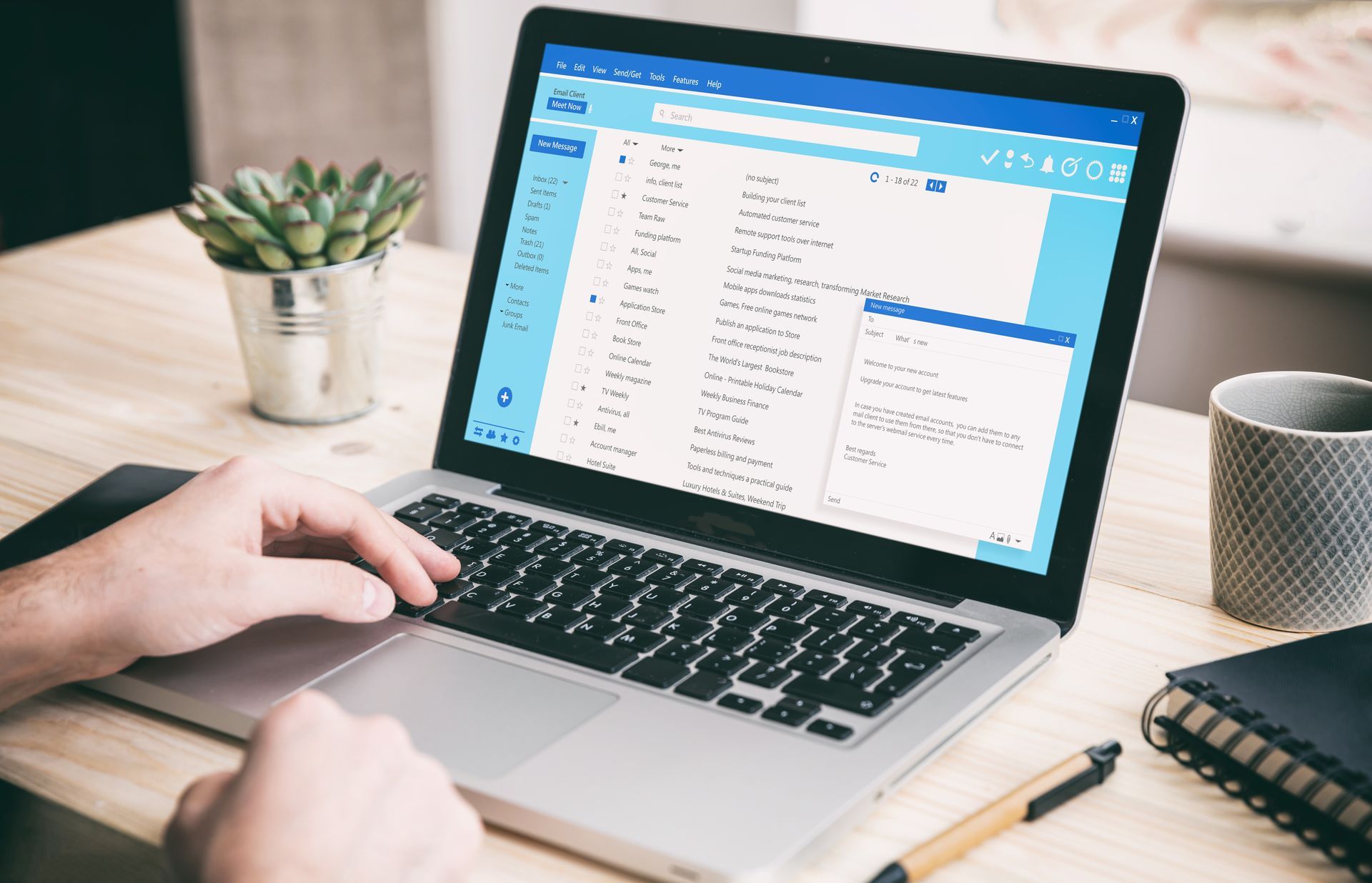Perfecting Cold Email Timing: A Guide to Maximising Opens and Responses
The success of any cold email campaign relies heavily on various factors, including captivating subject lines, engaging content, and powerful CTAs. However, a frequently overlooked yet critical component is timing. Sending your cold emails at the right time significantly impacts your open rates, response rates, and, ultimately your campaign's success. To help businesses harness the power of optimal cold email timing, MarketGrab, a leading full-service digital marketing agency in the UK, offers expert insights, practical tips, and support to its clients.
In cold email campaigns, timing is crucial as it ensures your message reaches your recipients' inboxes when they are most likely to engage. Identifying the ideal time requires a sound understanding of your target audience's preferences, habits, and behaviours. This knowledge, combined with an effective testing strategy, will enable businesses to maximise the impact of their cold email campaigns, boosting open and response rates.
In this educational and insightful blog post, MarketGrab's team of digital marketing professionals will explore the importance of perfecting cold email timing, as well as practical tips for determining the best time to send your campaigns. We will delve into audience research, time zone considerations, email testing, and data-driven insights to provide you with a comprehensive and actionable guide to optimising your cold email timing.
Understand Your Target Audience: The Key to Effective Timing
Before diving into specific timing strategies, it's essential to have a deep understanding of your target audience's preferences, behaviours, and habits. Paying close attention to your recipients' demographics, industry, time zone, and daily routines will help you identify the optimal time to send your cold emails. Take the following steps to understand your target audience better:
1. Conduct audience research: Leverage existing data, social media, and industry reports to gain insights into your target audience's behaviours and preferences.
2. Survey customers: Use customer surveys, interviews, or feedback forms to collect information about their preferred communication times and other relevant data points.
3. Monitor engagement metrics: Observe historical open rates, click-through rates, and other engagement metrics in past email campaigns to help anticipate your audience’s preferences and identify patterns.
Account for Time Zones: Cater to Your Recipients' Locations
If your cold email campaigns target recipients located in multiple time zones, it's vital to account for these differences in your timing strategy. By considering time zone diversity, you can ensure that your emails arrive at a time that's most likely to lead to high open and response rates. Follow these tips to navigate time zone challenges:
1. Segment your email list:
Organise your email list into segments based on recipients' locations or time zones to facilitate targeted sending.
2. Schedule delivery times: Use email scheduling tools to send your cold emails at optimal times for each time zone or location segment.
3. Test and adjust: Continuously analyse the performance of your time zone-targeted sending strategy, making adjustments as needed to maximise open and response rates.
Test Various Sending Times: Iterate Towards Success
Optimising cold email timing often requires a process of testing and refining to identify the optimal sending times for your particular audience. Through systematic experimentation, analysis, and adaptation, you can discover when your cold emails generate the best results. Adopt these best practices for testing cold email sending times:
1. Experiment with different times:
Schedule your cold emails to be sent at various times of the day or week to get a comprehensive view of potential performance patterns.
2. Keep track of results: Monitor open rates, click-through rates, and response rates for each tested sending time, collecting data to identify which times yield the highest success.
3. Apply learnings and refine: Use the insight gained through testing to inform subsequent campaigns, continuously iterating and refining your timing strategy.
Consider Industry Nuances: Cater to the Unique Needs of Your Recipients
Recognising the unique characteristics and expectations of different industries is another essential aspect of perfecting cold email timing. The ideal sending time might vary greatly depending on the sector your recipients belong to. Here are some tips to fine-tune your timing strategy based on industry-specific factors:
1. Identify industry norms: Observe common communication practices within your recipients' industries, enabling you to tailor your email timing strategy to their specific expectations and preferences.
2. Anticipate peak times: Understand when your recipients are likely to be busy or unavailable, such as during popular meeting hours, and avoid sending your emails during these times.
3. Learn from competitors: Pay attention to when other businesses in your or your recipients' industries send their emails, and experiment with your sending times accordingly to stand out or align with industry practices.
Harness the Power of Perfect Timing with MarketGrab's Expert Insights
Optimising the timing of your cold email campaigns is a powerful, yet often overlooked, aspect of achieving success in email marketing. By adopting MarketGrab's expert insights into understanding your target audience, accounting for time zones, testing various sending times, and considering industry nuances, you can ensure your emails receive the attention they deserve.
With the guidance and support of MarketGrab's team of digital marketing professionals, businesses can dramatically improve their cold email open and response rates by perfecting their timing strategy. Reach out to MarketGrab today to unlock the full potential of your
cold email marketing campaigns and elevate your success to new heights!










